This is a reader-submitted case study from Danny D. Leybzon, part of an ongoing series of deep dives on coliving spaces. To see others, visit the Supernuclear directory.
We love this example of a traveling quaranteam in the wild. Read on to see how Danny brought together a group of friends to co-live through the dark COVID winter.
If you want to contribute a case study of your community, please let us know at hi@gosupernuclear.com.
Date founded: January 2021
Location: Taos, NM
Rented or owned: Rented
Amount of space (number of beds/baths, any notable amenities): 11 bedrooms spread between three houses and four 'casitas', studio/workout space, on 40 acres
Governance: Consensus-oriented direct democracy, with some benevolent dictatorship for executive decisions
Origins:
Seventeen people. Three months. A property in the middle of nowhere. And a vision of testing what organizing a co-living space would be like, without the need to commit to buying a property or even signing a lease.
What started as a vague idea to rent a small cabin close to a ski resort turned into a multi-month experiment in communal living, with heaps of joy, lots of lessons, and an almost unbelievable number of spreadsheets. It’s been a dream of mine to organize a communal living situation at some point ever since I became a member of the University Cooperative Housing Association during my undergrad. My experience living in and sitting on the Board of the UCHA inspired me to fight against the inevitability of loneliness, studio apartments, and friendless adulthood. When I stumbled across Vista Verde Retreat in the summer of 2020, I knew that I had a once in a lifetime opportunity to try out something new.
The Facebook status that started it all
I immediately posted a Facebook status about my idea and secured a few “early adopters”; a core crew who were absolutely vital in helping me feel confident enough to put down a 10% deposit and secure the property. From there, it took months of hustling to get commitments from more future Ski Cultists — many of whom, ironically enough, did not ski or even snowboard, but just came along for the community and escape — and dozens of Zoom calls to hammer out our plans for how we were going to make this crazy idea work.
The Lesson: from consumption to participation
[Insert Inspiring Quote Here]
I learned a lot during our three months in New Mexico. I learned how to get a wood-fired hot tub to the perfect temperature, how to cook for a dozen people (no mean feat!), and how to ski backwards. In addition to these skills, I also took away many lessons: about navigating complex social situations, what it’s like to share a space with people, and generally what it’s like to organize and participate in communal cohabitation.
The biggest lesson was the challenge and necessity of shifting people from a consumptive mindset to a participatory one. I initially took on a lot of the burden of organizing (bringing people together, presiding over discussions about rules and norms, making decisions when consensus was impossible or infeasible) but quickly found myself burning out. It was only when one of the members, Molly Lobsinger, stepped up and sent out a pair of questionnaires, without any prompting or input from me, that I realized that I had been needing other people to be more involved and collaborative the whole time. Over the course of the experience, I continually pushed the other members to take more of a leadership role in everything from organizing events to directing group norms.
I didn’t know what photos to put in this section, so here’s another mountain
In hindsight, I should have set clearer expectations and pushed for this type of participatory mindset from the get-go. Our society has numerous patterns for consumptive experiences: music festivals, conferences, pre-planned international trips… But very few people have experienced being a collaborative creator of an experience. This is a key component to the success of any kind of communal living arrangement: it can’t be one person’s passion project, it has to be everyone’s co-created experience.
On reflection, this is why I’ve always been so drawn to the Burning Man community and Burner-style events. Being given the invitation to not just be a consumer but a creator of experiences is both magical and gratifying. For people who have only ever experienced the consumptive model, co-creating an experience requires a major mindset change. I hope to continue to find people who share this mindset and who are able to grow into it.
The Space: Vista Verde Retreat
The thing that initially drew me to launch this project was the property. Three “major houses'', three “casitas” (which would be expanded to four when we arrived at the property and realized that the host had failed to post a photo of one of them), and a studio space with sprung floors, full-length mirrors, and floor-to-ceiling windows that allow you to gaze out at the sunset while doing sun salutations or the mountains while in mountain pose. We got all of this for $7,000/month, or $650/room if divided equally. All in. It was an incredibly generous deal struck by the owner of Vista Verde (Elizabeth Brownrigg) because she knew that she wouldn’t get much business in the winter season, especially with COVID still raging.
We were so relieved to see this sign when we first arrived
Fast internet connectivity was table stakes for most Ski Cultists. Many of us have jobs which require us to be on video calls throughout most of the day, so it was imperative that the network infrastructure could handle a dozen video calls running at once. Fortunately, our host was quick to clarify that there were three separate fiber optic connections (one running to each of the “major houses”), each boasting gigabit internet. Without these connections, and the generous contribution of one of our more tech-savvy members (Mark Merritt), who wired up each of the casitas with its own access point and ensured everybody had fast internet access, Ski Cult would not have been possible.
In addition to fast internet connectivity, another table stakes component of Ski Cult for many of us was having our own rooms. One of my fellow Ski Cultists, Allegra Thaler, had organized a two-week temporary coliving setup in Tahoe the summer before where 17 people were crammed into a 5 bedroom house. Both her and I came away from it realizing the necessity of having private spaces when spending more than a week in a group house. This was important for two reasons: so that our more introverted members could enjoy time away from the group, and because many of us have jobs which require us to be teleconferencing into meetings.
The layout of Vista Verde Retreat
In order to ensure equitable pricing and room distribution, we applied an algorithm called the Simmons-Su protocol, which uses fancy math to decide who should be in each room and at what cost. Although the mathematical foundation of Su’s algorithm is relatively involved (a great and very intuitive video explanation can be found here), applying it to our situation was trivial. We used Spliddit, a free online tool that implements Su’s algorithm in a way that makes it convenient for a group to share their preferences and get assigned a room in a “provably fair” way.
One of many hot tub selfies
Many amenities were provided for us right off the bat but we added several upgrades to the property over the course of our stay. The first was actually provided by our host: a wood-fired hot tub. The first time we met with the host in person, we offered her a deal: we would find a (standard, plastic) hot tub online, buy it, set it up ourselves, and then sell it to her for half of what we paid. Instead, she let us know that she was already planning on buying a wood-fired hot tub from one of her neighbors and ended up setting it up for us. That hot tub was a great source of joy and bonding for us, and at its peak I was hanging out in it twice a day.
Monkeying around
Another upgrade made during our stay was an aerial rig by another Ski Cultist: Dominic Suares. Dominic is one of a number of Ski Cultists who practice aerial arts (silks, lyra/aerial hoop, trapeze) and ended up purchasing a 20 foot metal tripod off of which aerialists could hang their apparatuses. The frame was set up just outside the yoga studio and gave Ski Cultists an opportunity to monkey around.
The final upgrade came just two weeks before the end of Ski Cult, brought by our shortest-staying member Daniel Labunsky. Daniel owns a portable “banya” (a Russian sauna or steam bath), composed of an ice fishing tent, wood-burning stove, and rocks which, when heated, are able to evaporate water poured on them nearly instantly. He was generous enough to bring the banya, which we took great pains to set up next to the hot tub. With the addition of the banya, we also set up a livestock feeding trough filled with icy water, to enable cold plunges after either overheating in either the hot tub or banya.
The People: a ragtag group of friends, acquaintances, and strangers
The most consistent source of stress for me throughout the planning and execution of Ski Cult was my fear that I wouldn’t be able to get enough rooms filled to keep the prices reasonable for everyone. We had people who were unemployed and underemployed, in addition to students putting themselves through college. Plus, most people were still paying their regular rent. Between the three major houses and four casitas, we had a total of 11 bedrooms, which meant that, if filled, the average rent could be as low as $650/month. If, however, I wasn’t able to find participants who could help split the rent, our prices would quickly balloon. As a result, I spent a lot of time reaching out to friends and acquaintances and posting all over social media.
A subset of our family, characteristically wearing our onesies
The result was a relatively diverse group, with no concrete unifying characteristics. People’s job titles ran the gamut from CEO to Broke Writer; we had engineers, sales people, and private tutors living under the same roof. Although most of us have roots in California, Dominic and Molly came from Texas, Nora Langer came from Colorado, and Andrew Napier flew all the way from Philadelphia to join us. We had a committed vegan (Carter Crouch), several heavy meat eaters, and one of our members was allergic to everything from lentils to walnuts. Some of us spent almost every weekend skiing, others barely hit the slopes at all. The only trait that I would say everyone had in common was a curiosity to explore what it would be like to live with a large group and a desire to spend these difficult times being part of a community.
The Food: communal dinners were the norm, not the exception
One of the other big considerations was food. During the lead-up to this experience, almost everyone opted in to participating in a communal food arrangement—the two who didn’t, Alexey Mustafin and Anastasia Agger, cooked and ate meals on their own in one of the smaller kitchens. Through some strange series of events, we branded this arrangement “Food Gang”, and the name stuck. Food Gang decided to eat dinner together every night, with the cook picked from a rotating list of participating members. We also decided that we would try to cook every meal with enough leftovers to feed everyone lunch the next day, to simplify the cooking process by consolidating all of the cooking into just one meal per day.
One of our first communal dinners: steak night
We experimented with many different arrangements of chore responsibilities. We initially tried to assign three people to cook and clean for each meal, but this arrangement quickly ran into issues around equitable division of labor. After a week or two, we switched to a simpler system in which everyone would fully “own” one meal and be able to delegate out any responsibilities that they wanted to with the mutual consent of the person picking up extra work. This had the added benefit of dividing by three the number of nights that each of us had to block off in our calendars, since we would only “fully own'' one night, rather than doing some subset of the chores three times as often.
The labor of figuring out who should cook next, made less laborious by wearing onesies
We decided that ingredient costs should be divided equally among the members of Food Gang, choosing to use Splitwise to track group expenses. The grocery store was a 45 minute drive from our home, so we mostly planned our meals a week in advance. We tracked required ingredients in a Google Sheets spreadsheet, which Dominic would laboriously translate into a pickup order from the local Albertsons Market. This helped us to minimize both COVID exposure (by picking up the groceries rather than going into the store) and the sum of time spent on picking up groceries, though it did create a heavy burden for Dominic to track and pick up the groceries
This was my first experience with regularly cooking for a large group of people and I definitely learned a lot from it. My biggest lesson in this regard was that everything takes longer than you think it will when you’re cooking for more people. The larger portion sizes means that you need to prep more ingredients, that they need to be cooked for longer, and that timing different dishes to be ready at similar times becomes a lot harder. I am grateful to have had this experience with cooking in bulk because I think it has made me a more confident cook, ready to cook for dinner parties and other communal living arrangements to come.
The Activities: we kept ourselves busy
The first of many board game nights
Although it was named Ski Cult, and although I tried to ski as much as my hectic work schedule and fatigued body would allow me, we ended up doing a lot more than skiing. In addition to the aforementioned communal dinners, we also spent many nights playing board games (most notably Dominion), watching “The Bachelor” (I’m ashamed to admit it), and working out in the Studio (I’m in the best shape of my life). Some of our more outdoorsy members went on some big hikes (Bryan Davis and I notably summited Bull-of-the-Woods in the middle of a snowstorm) while others explored the cute town of Taos, including its hip little cafe, world-class chocolatier, and a sushi restaurant named after a country that had no part to play in the creation of sushi.
Dominic and Molly’s Wedding
We also celebrated a few special events at Ski Cult. We had a spa night and an improv comedy night. We celebrated Dominic and Molly’s wedding, where we dressed as figures from Greek mythology and cheered while Allegra officiated the first of what I’m sure will be many marriage ceremonies for the couple. In addition to being our newlywed’s officiant, Allegra was also one of a few birthday celebrators at Ski Cult. She celebrated her birthday, as she does every year, by having a mock funera,l where everyone lavishes her with eulogies and sings Bohemian Rhapsody at midnight.
Allegra’s Funeral
The COVID Rules: trying to find the balance of responsible and recreational
It wasn’t all fun and games, however. One of the largest sources of conflict, which almost left Ski Cult without enough membership to proceed, was around COVID safety. In the months leading up to our arrival in New Mexico, we repeatedly debated and tried to find consensus around reasonable rules and norms for COVID safety. People had widely different expectations and desires for finding balance between safety and freedom. We had a responsibility, both to each other and to the locals in this place where we were visitors.
The only way to stay safe in these harrowing times
In the end, we settled on a few precautions which, fortunately, were enough to keep everyone safe and COVID-free. Before arriving in New Mexico, we all isolated (following a quantified definition of isolation) for at least a week before getting tested and continued to isolate until our arrival. Once we had arrived, we minimized exposure to outsiders, not taking any visiting guests or spending time with local Taoseños unless it was masked and/or outdoors. We tried to minimize incidental exposure by eating outdoors on the rare occasions that we ate at restaurants, wearing our masks as much as possible, and minimizing trips into town.
In Conclusion
It’s hard to take three months of living and distill it down into an essay. The experiences that we shared, the lessons that we learned, the fun that we had, all of these things will stay with us for a lifetime. I am so happy to have played a part in bringing together such an amazing group of people, all of whom brought me so much joy. This experience has inspired me to continue to build communities like this and has reinforced for me my dream of someday organizing a more permanent and established communal living arrangement.
In mid-January, Carter asked how I would know whether Ski Cult had been a success. I reflected on this question a lot during our time in Taos and came up with two answers:
Ski Cult would be a success if nobody caught COVID
Ski Cult’s success could further be evaluated based how much people enjoyed it
Fortunately, our strict COVID policy and diligence helped us ensure that the first criteria was met. The second criteria was harder to evaluate, but I took to heart two things that made me feel confident that we had been able to enrich each other's lives through this experience:
The number of people who decided, after arriving at Ski Cult, to extend their time there
The fact that more than half of us are already planning a reunion trip, mere months after Ski Cult’s end
I feel so grateful to have been able to participate in this experience and to have enabled others to do the same. I believe that we’ve been able to use this rare opportunity well and I can only hope that everyone else in Ski Cult had as much fun as I did. If they didn’t, well, there’s always next year.
If you’ve read this far and are interested in participating in communal living arrangements like this in the future, please don’t hesitate to reach out to me. You can contact me via email, Facebook, or Instagram.
Special thanks to all of my fellow Ski Cultists, listed in alphabetical order: Alexey Mustafin, Allega Thaler, Anastasia Agger, Andrew Napier, Andrey Shepelev, Byran G. Davis, Carter Crouch, Daniel Labunsky, David Frankle, Dominic Suares, Elena Morozova, Ivan Smirnov, Mark Merritt, Molly Lobsinger, Nora Langer, and Polina Binder. Thanks also to our generous host, Elizabeth Brownrigg, our property caretaker, Jim, and the cleaning staff who came by once every two weeks to make sure that we hadn’t turned the property into a garbage dump
(from Phil and Gillian) Thanks to Danny for sharing the story of Ski Cult! You can find more about Danny here.
If you’ve lived in a community, would you be willing to share a bit about it here? We might follow up with you to produce more posts like this <3
Curious about coliving? Find more case studies, how tos, and reflections at Supernuclear: a guide to coliving. Sign up to be notified as future articles are published here:
And you can find the directory of the articles we’ve written here and those we plan to write here.

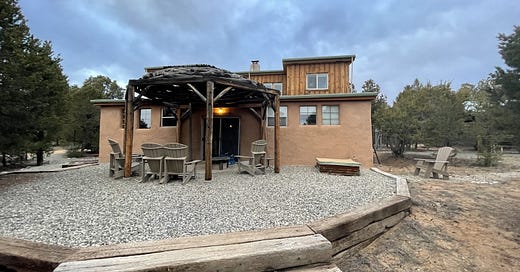




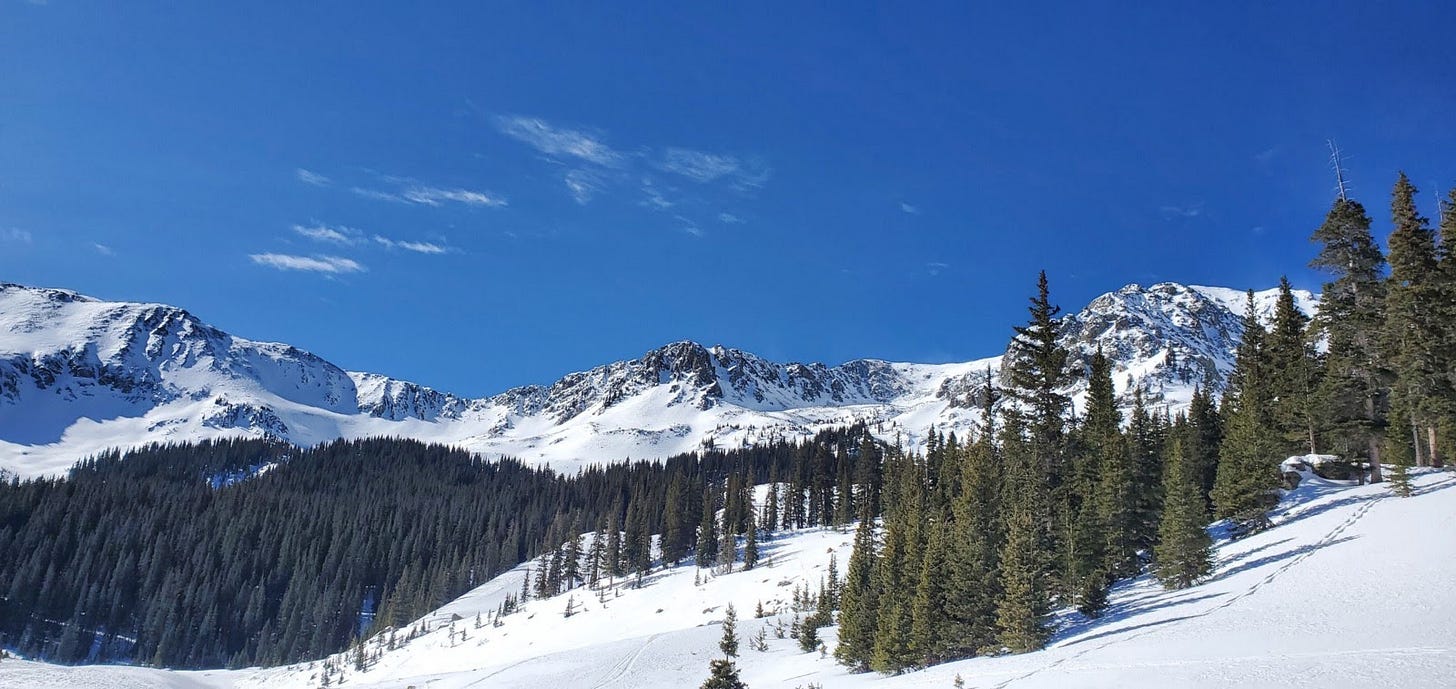
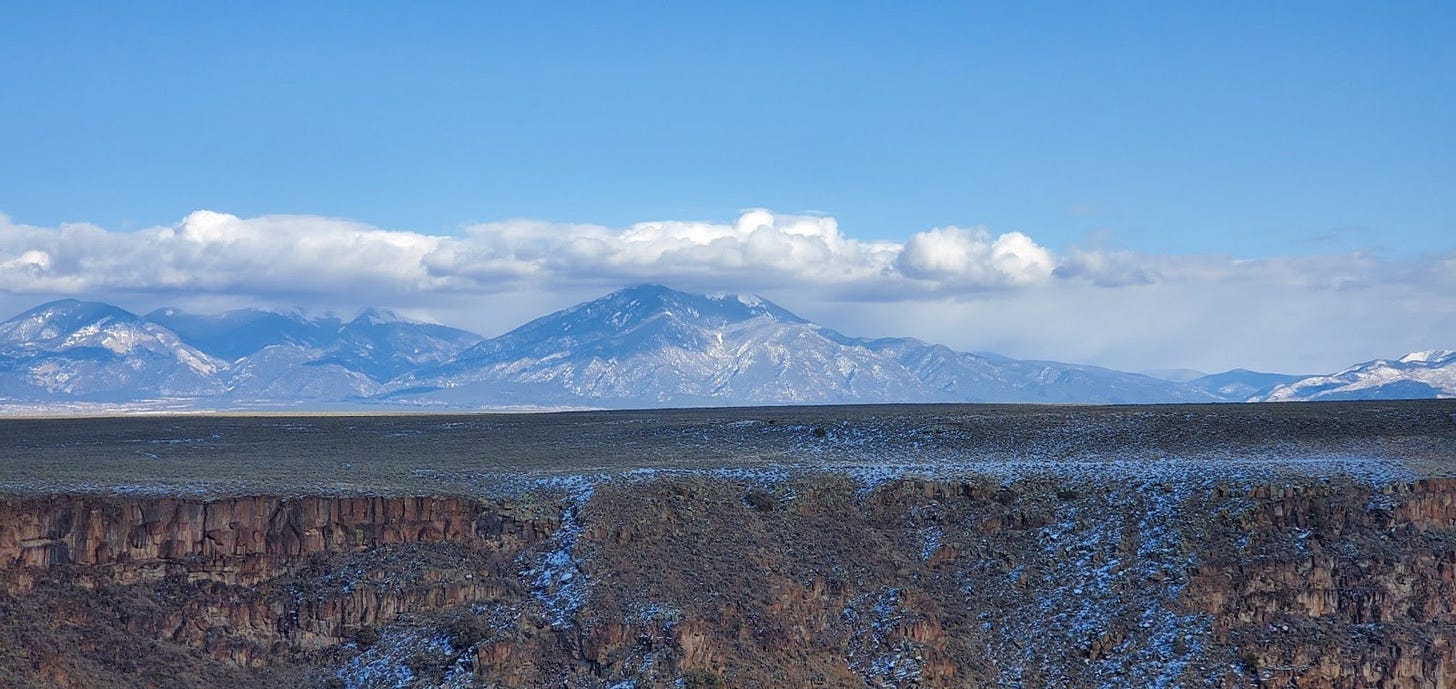

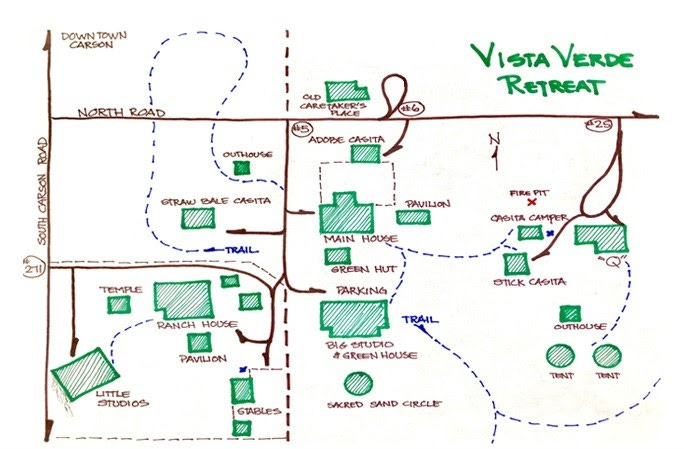


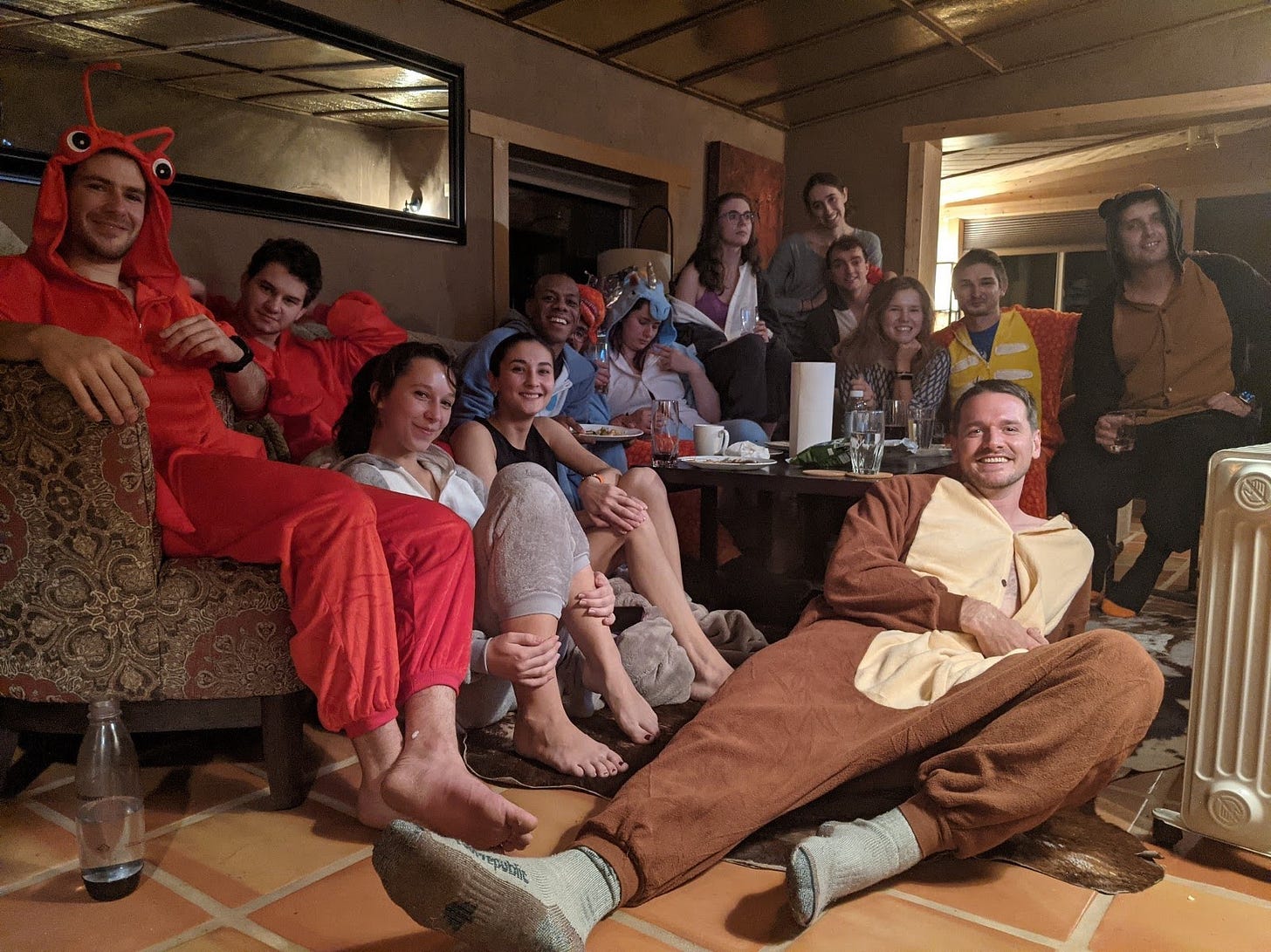
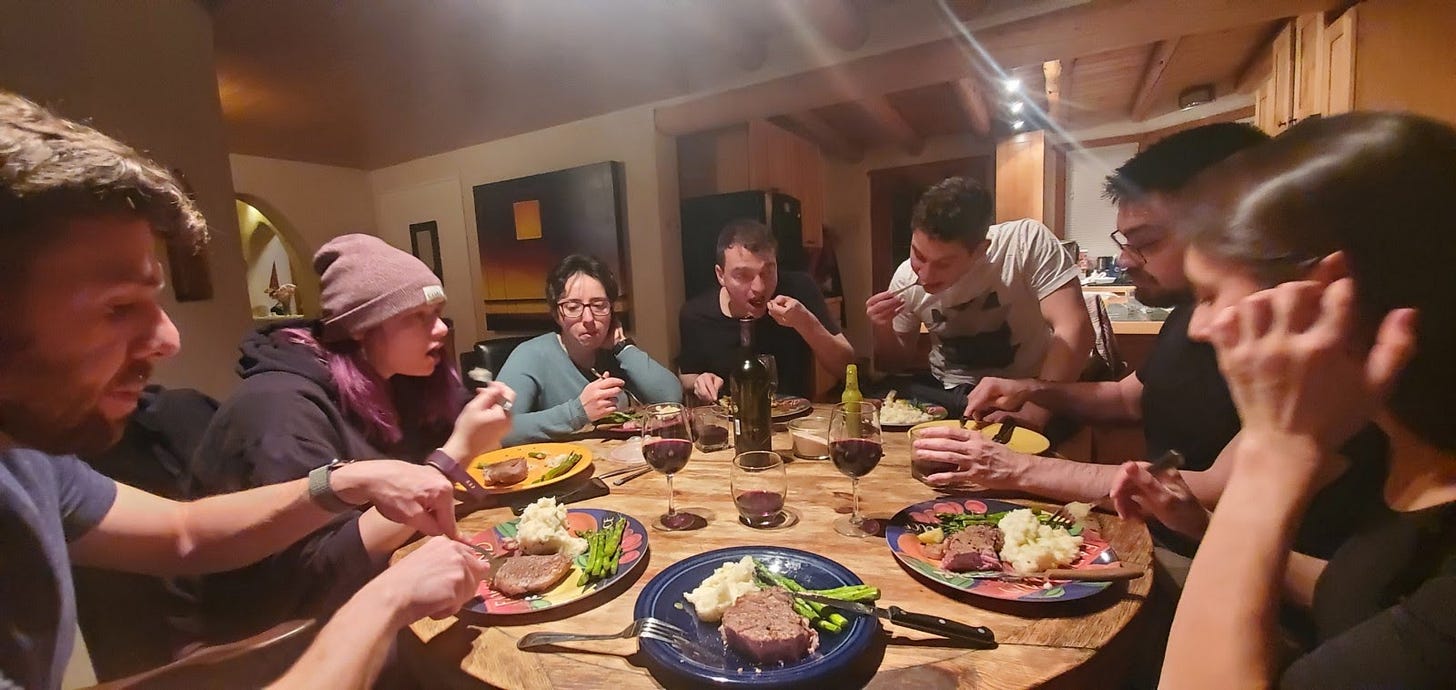
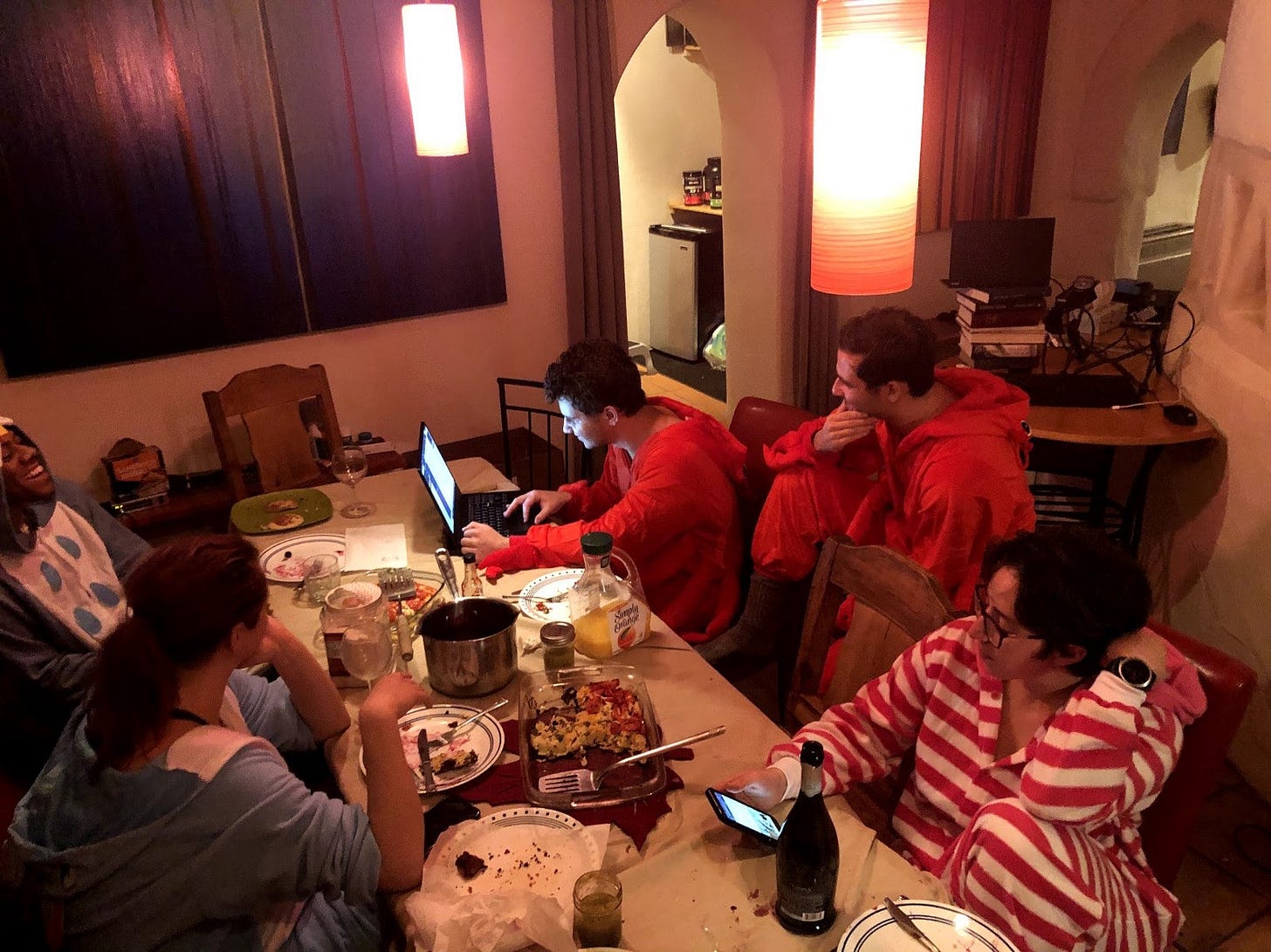
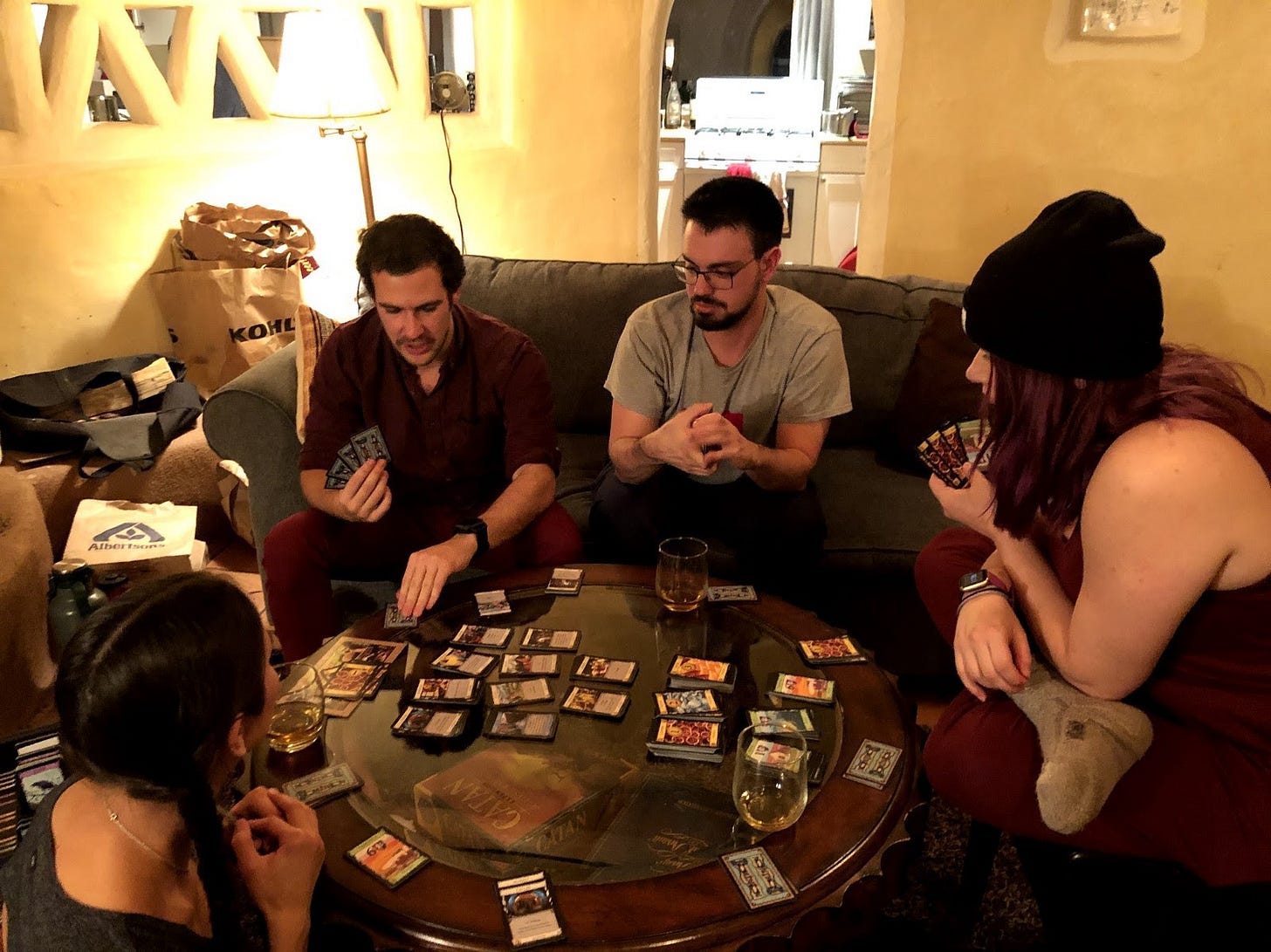
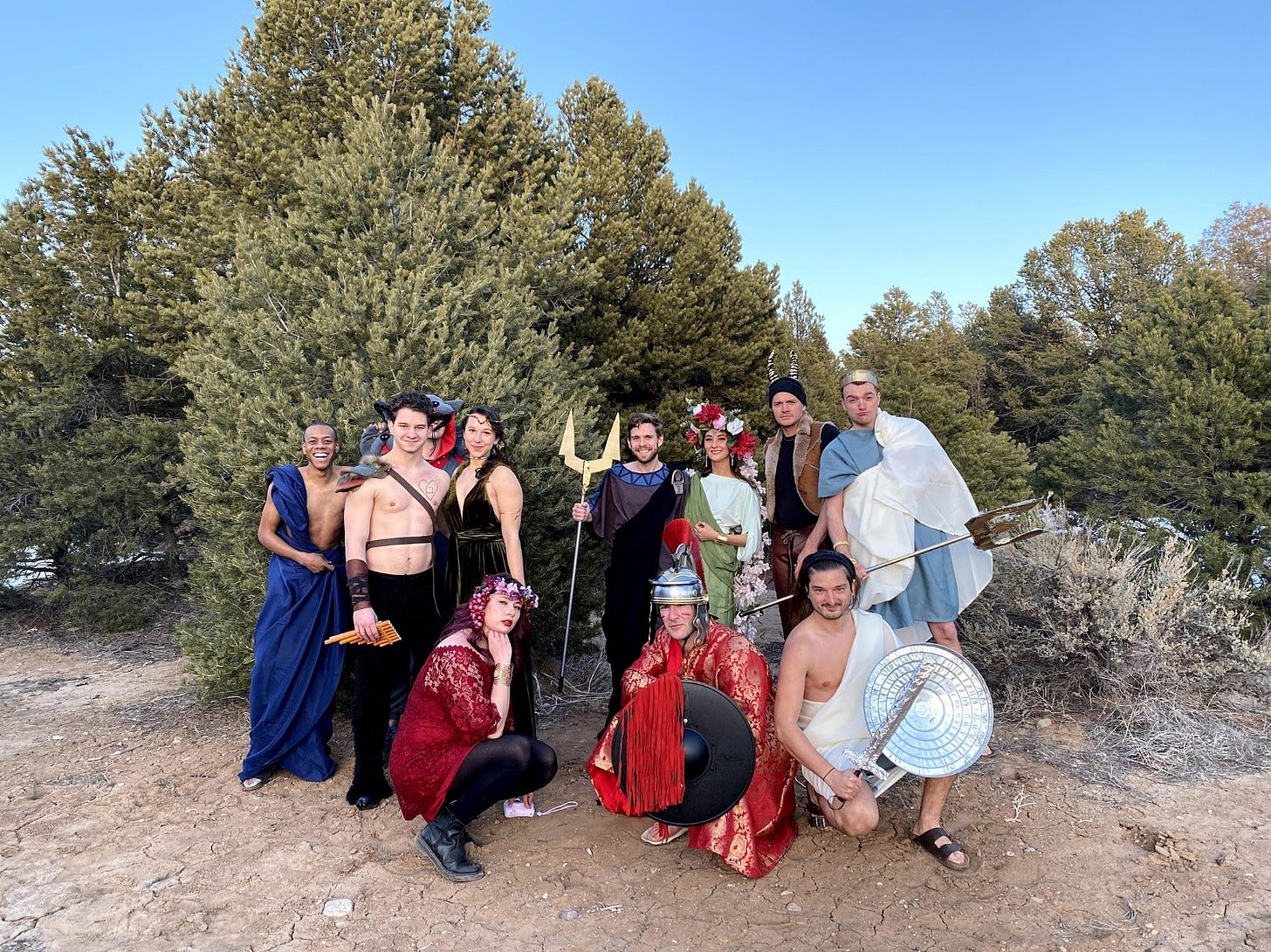
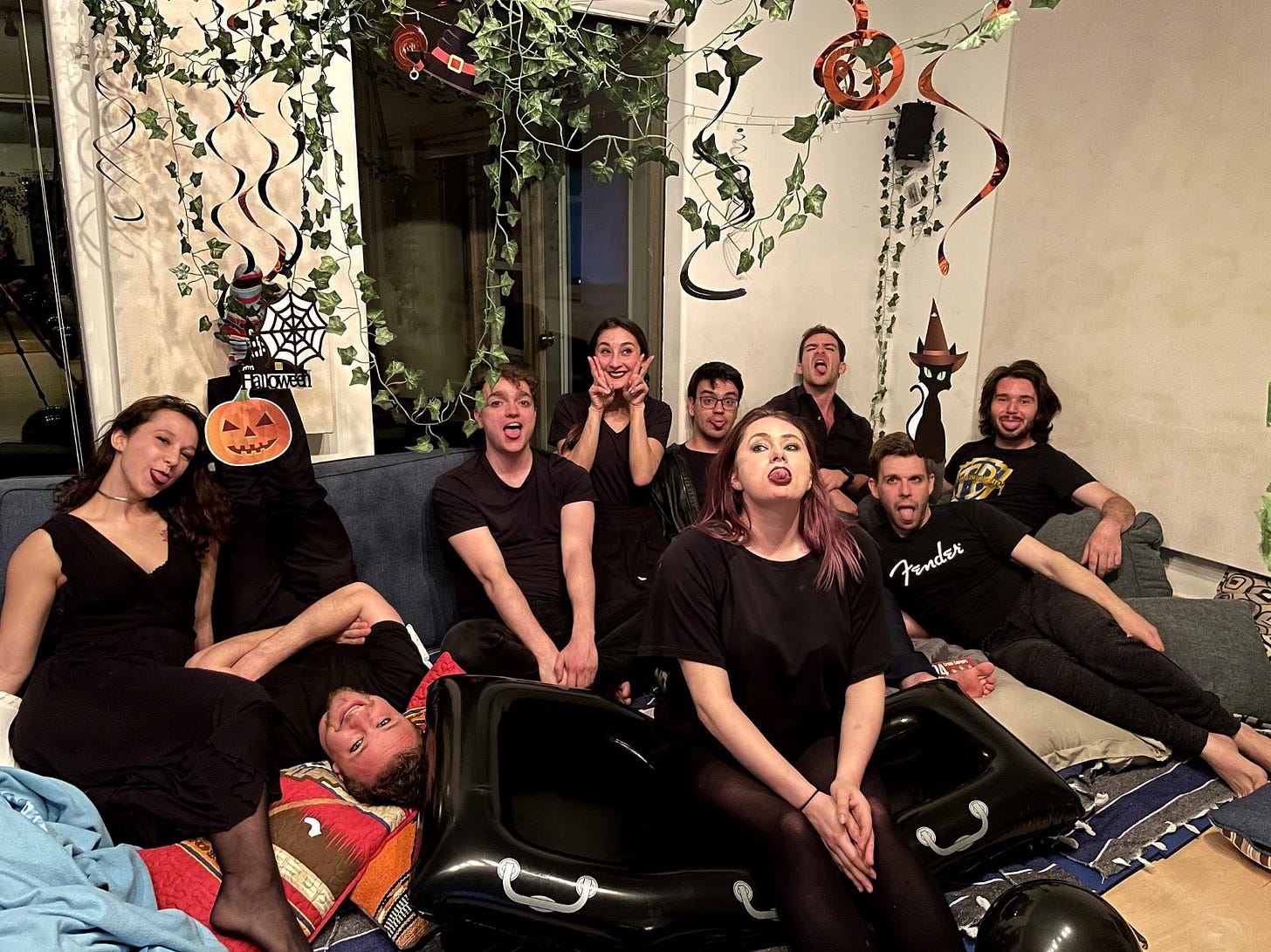

Thanks for this write up! Calling out the need to “shift from a consumptive mindset to a participatory one” really puts into words something that I’ve experienced in my adult life when trying to create something as small as a group trip with my close friend group. I couldn’t figure out why I was frustrated, but I think you hit the nail on the head with that wording. Thanks for sharing your experience!
Thank you for the really good info about splitting rent and the challenges of getting people to participate. As a burner I "grok" that challenge.
Food for me is a real challenge as cooking is my least favorite and least proficient skill.
The real question is: Knowing what you know now, would you do it again?